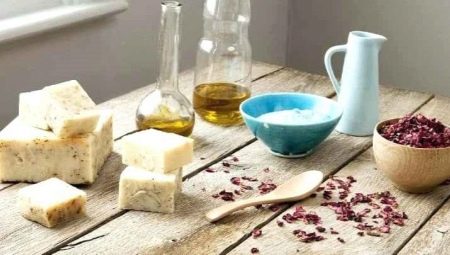It would seem that in the age of modern technology, when all food products are produced at large-scale enterprises with robotic equipment, there is no need for a person to create these or other household items with their own hands. All necessary products are laid out on the shelves of supermarkets. Nevertheless, a person prefers to make some goods with his own hands, for example, soap.
Soap farmers make special types of detergents, create the latest recipes, and also conduct master classes and earn good money on their hobbies. Private manufacturers have created stores in which they are immediately engaged in soap making, pack their products in special boxes and sell to caring connoisseurs.
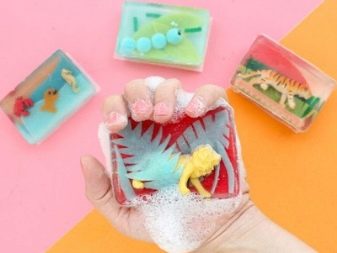
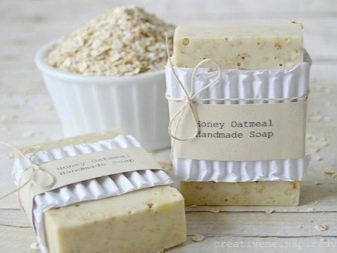
History
The entire population of the planet cannot imagine their life without soap. Mankind has been using it for many centuries. To date, the presented hygiene product is available in every home. However, few people were interested in how it began to occupy a special place in human life. Historical facts say that the first mention of soap arose about 5 thousand years ago. The ancient Greek people cleaned their bodies with sand crumbs. The Egyptian population used wax dissolved in a warm liquid. And these are just a few facts about the beginning of the soap story. Some historians claim that the first soap sample was created in Sumer.
Evidence of this are tablets with a detailed recipe describing the process of its production.Resin of wood origin was mixed with water, after which the mixture was boiled and fat was melted in it.
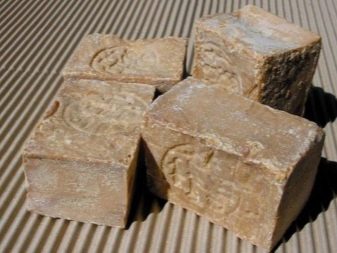

Others claim that the soap composition was first discovered in ancient Egypt. On ancient papyruses it was painted what the washing agent was made from. The main component was vegetable or animal fat, heated with soda and alkali.
Having studied many facts, historians began to assert with confidence that ancient Rome is considered the homeland of soap. This is testified to by a Roman legend that has survived to this day. On the lands of ancient Rome there was a mountain where sacrificial gifts were brought to the gods. The fat layer of the burned animals mixed with ash, and flowed into the river with rainwater, where local residents rinsed their clothes. After several washings, they noticed that things had become much cleaner.
At one time, the historian Pliny the Elder talked about the Roman manufacture of soap. In the excavations of Pompeii, rooms were discovered where the process of creating a soap substance used exclusively for washing clothes was carried out. Only in the II century, the doctor Galeon, after conducting several experiments, said that soap can be used for personal hygiene. After this statement, the development of soap making went uphill.

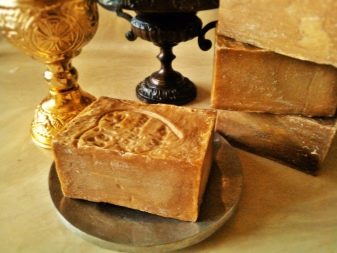
In the Middle Ages, the history of soap continued its development. In European countries, the detergent was used only by representatives of the nobility and the clergy. The church, in turn, despised people using soap as a means of hygiene. For the extermination of lovers of being clean, they created the Inquisition, since the clergy encouraged the purity of the soul, not the body.
Soap in the most familiar modern format was first produced in Western Europe. The Crusaders gave their ladies special washing balls, which subsequently began to be used by all the peoples of Europe.
On the territory of medieval England, several soap factories were built. Henry IV even founded the Order and the Soap Guild. It was strictly forbidden that the participants of this guild live with people of a different craft. And all because of fear that the secrets of soap making will be revealed and will fall into the wrong hands. Thanks to this caution, in 1662, the British patented a soap recipe.

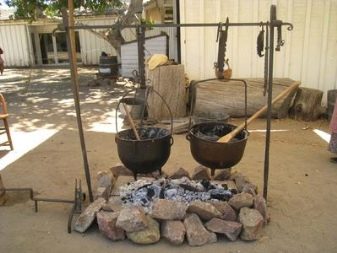
Soap-making began to develop rapidly. The Germans, having studied the standard recipe, began to introduce their innovative ideas into it. German soap makers began to use vegetable oils as an additional ingredient. Nowadays, soap created by the artisanal method returns its owner to the past, where washing products could only be evaluated by representatives of the upper classes.
Homemade soap is a real exclusive, despite the fact that current soap producers use chemicals to create it.
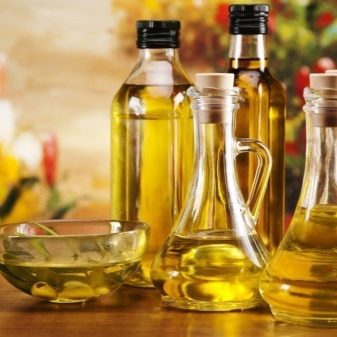
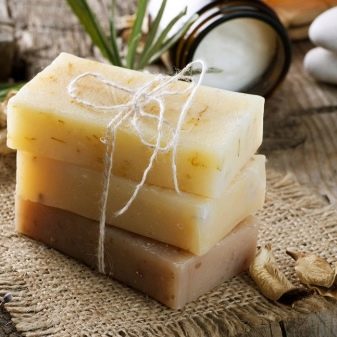
Advantages and disadvantages
Undoubtedly, handmade soap has huge the benefits:
- favorably affects human skin;
- its manufacturing process is quite simple;
- it can be cooked according to an individual recipe with your favorite components;
- at the same time, synthetic additives are not used, so it can be used by children while swimming and people suffering from allergies.
Despite the presented list of advantages, handmade soap still has a number of disadvantages:
- the ingredients purchased to create homemade soap will be much more expensive than finished products;
- in the process of soap making it is necessary to follow the clear instructions;
- To create handmade soap, a person needs to have at least a little experience in the field of soap making.

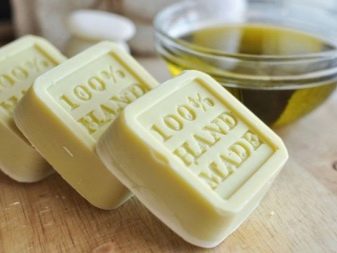
What are they made of?
Today, there are several ways to create homemade soap, the first from scratch, and the second on a ready-made basis. In the second case, only baby soap is used without any impurities. As an economical option, it is proposed to use remnants instead of acquiring a new piece. It is not difficult to work with a ready-made base, but still a little experience in the field of soap making is required.
Those who want to make soap “from scratch” should remember school knowledge in the field of chemistry, since alkali is one of the ingredients.
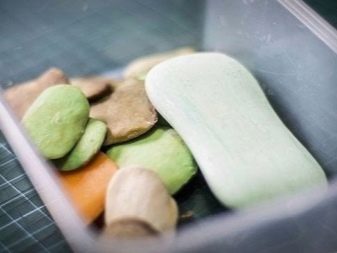

The amount of substances used to create one bar of soap depends on the method of its production. For soap from the finished base, all the necessary elements can be found in specialized boutiques. Additional items are purchased in a regular convenience store. Some substances are on shelves in kitchen cabinets. It is necessary to prepare the following.
- Ready base - baby soap or remnants. The compositions of different brands differ in the hardness of the product and its drying speed, which significantly affects the quality of the finished home soap bar.
- Cosmetic vegetable oils. Sold in almost all cosmetic stores.
- Dyes. It is most appropriate to use a liquid mixture, it is easy to measure by the number of drops.
- Flavors. They will fill every bar of soap with a special smell.
- Essential oil.
- Herbs, honey, coffee grounds - optional. These components enrich the soap with various properties. Some recipes use clay or oatmeal.
- Medical alcohol. At the very end, the cooked composition is sprayed with an alcohol solution.
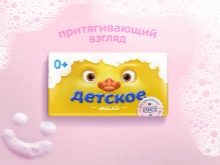
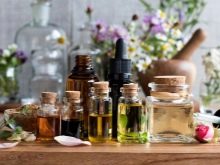
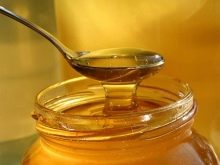
To create soap "from scratch" requires only three elements:
- alkali;
- saponification oils;
- water, milk or herbal decoction.
If you use a decoction of medicinal herbs instead of water, the soap will be enriched with useful properties. A wash piece made from the above ingredients will not have a smell or color. To supplement them, you need a plasticizer, for example, granulated sugar, fructose or honey. In addition, some substances must be added to its composition, namely citric acid, glycerin, colorants, flavorings and fillers. Plasticizers will make a bar of soap more plastic. Dyes and flavors will add a special smell and color. Acids will enrich the washing piece with bactericidal properties.
Each of the presented soap making options requires the use of special dishes. Silicone molds are best suited for this, it is convenient to extract the finished soap from them. For lack of such, children's sand sets are suitable.
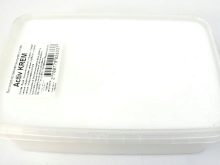
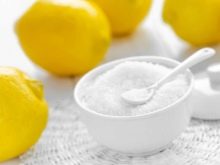
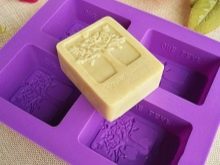
Workshop on making liquid soap
The production of soap of liquid consistency, carried out at home, involves the use of different recipes with a single basis. Only additional components change. The option below is considered the easiest technique practiced in soap houses.
To create it, you need to prepare several components:
- 100 g of soap;
- 2 l of water;
- 1 tsp glycerin;
- oils and fillers.
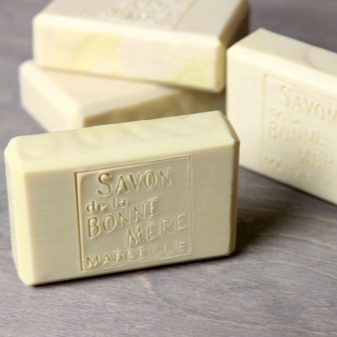
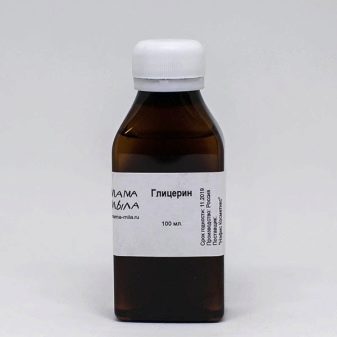
Having prepared the necessary ingredients, you can begin to create.
- If instead of water it is supposed to use a decoction of herbs, it must be brewed in advance. After cool and strain.
- Prepared soap should be crushed. To do this, just use a grater.
- Water or broth must be heated and grated soap gradually added.while constantly stirring. After the soap chips have dissolved, the mixture must be cooled. Remove the foam that appears on top of the soapy substance.
- Glycerin is added to the cooled soap and remaining ingredients.
- After a couple of hours, the cooked mass will begin to thicken. Then it can be poured into a prepared container.
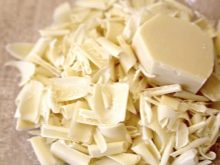
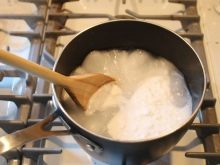
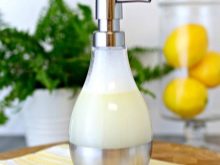
Recipes for making solid bars
A soap bar weighing 100 g is taken as the basis. In addition to it, others will be required. the elements:
- 100 ml of milk;
- 1 tbsp. l granulated sugar;
- essential oil - optional;
- 1 tbsp. l olive oil.
As a form for hardening, you can use any improvised means, for example, a jar of baby juice. It is enough to cut off the side. Or apply silicone baking dish.
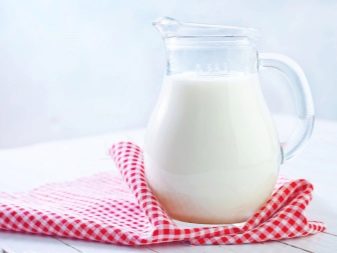
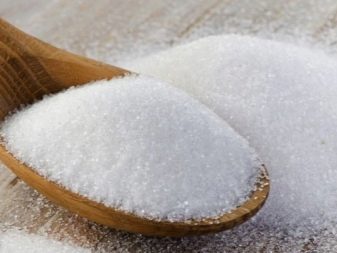
Having prepared the necessary ingredients, you can begin the process of soap making.
- A large pan must be put on the fire and add water to it. Then take a pan of smaller dimensions and install it inside a large container, thereby creating a water bath.
- The solid soap must be grinded, add sugar and mix.
- As soon as the mass melts and becomes homogeneous, the rest of the ingredients can be added to it. It is important to remember that the water inside the large container should not boil, otherwise the soapy composition will begin to evaporate. If there is a thermometer for food, it is best to measure the temperature of water in a large tank with it so that it does not exceed 50 degrees.
- The boiling mixture must be constantly stirred. If lumps appear, pour a little milk or olive oil into the mass. The finished composition is thoroughly mixed to a homogeneous consistency, after which it is poured into prepared forms, pre-lubricated with oil. The soap solution should cool, 15 minutes will be enough for this.
- The soap bar must be refrigerated and maximized hardness.
- After the mass has hardened, it is necessary to remove the workpieces from the molds, shift them to the mat and leave them for several days in the open air so that the soap dries.
- The resulting pieces of soap will have a uniform white color. And their aroma will be comparable with the products of famous cosmetic brands.
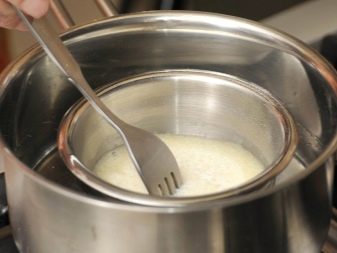
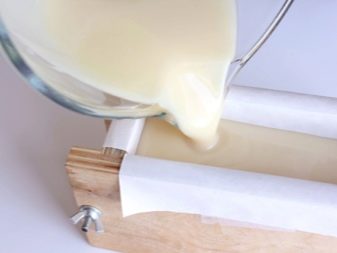
Having studied the rules for creating solid soap, you can begin to familiarize yourself with other recipes in the field of soap making. By adding some components, a simple soapy piece can be turned into multi-colored swirls, which contain clay, oatmeal and coffee powder. These components are able to enrich a regular soap bar and turn it into a natural scrub.
First you need to prepare the ingredients:
- 1 tbsp. l coffee grounds;
- 2 tbsp. l sea salt;
- 100 g baby soap;
- 2 tbsp. l milk;
- a few drops of grape seed oil
First you need to soften the base, add milk and a few drops of butter to the mass. Pour in coffee grounds and add sea salt. Mix all this until smooth and remove the container with the mixture from the fire. Pour the soap base into molds and leave to cool in the refrigerator.
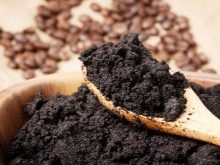
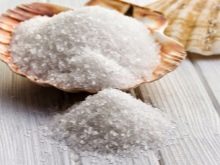
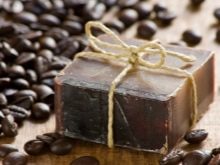
How to store?
When buying industrial-made soap, no one even thinks about how to store it. It is already sold in packaged briquettes, where it can lie for a long time. A completely different matter is the storage of home-made soap. Self-made pieces need to be wrapped in paper. Some soap makers advise storing finished products in cellophane sheets. But this should not be done, since the bar should breathe. Before packing soap products, let them dry. The storage location of the bar should be dry and warm.
Soap, cooked from scratch, in which oils and alkali are present, can lie for several years and at the same time not lose its qualities. Some soap makers note that the longer the soap is held, the better it cleanses the skin. Soap made on a finished basis has a shorter shelf life. And all of the huge number of ingredients in its composition. The fastest soap disappears is brewed from fruits, herbs and similar natural elements.
If only base oils were used in the manufacture of soap, the maximum shelf life of the bar will be approximately two years.
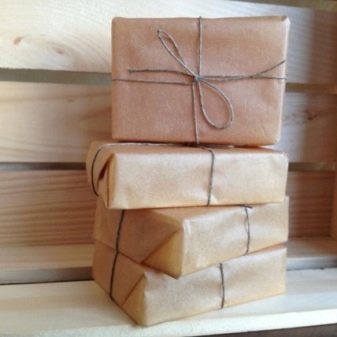
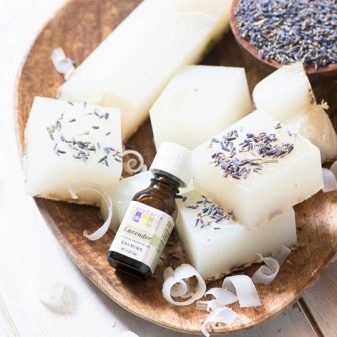
Secrets
Some soap makers with many years of experience are engaged in the production of soap professionally, supplementing each recipe with special ingredients, while not telling anyone their secrets of its preparation. And novice soap makers are simply obliged to know all the subtleties and nuances of creating home products.
- As a special filling, masters use rose petals. Unfortunately, newcomers will not succeed. The petals used in soap making will turn green in a repellent color.
- Dry spices like cinnamon It’s best to add to a soap preparation made from scratch. The desired effect cannot be achieved using the base from children's soap.
- When filling the soap composition with herbs it should be remembered that a large number of plants in the composition will not give a moisturizing effect. To a greater extent, a bar of soap scrub will turn out.
- When using excess oils drops will appear on the finished product with a consistency resembling fat. On a handmade soap with the addition of coffee beans or cocoa powder, a whitish bloom gradually appears, which is sometimes mistaken for spoilage of the product.
- Soap supplemented with pieces of fresh fruit, must be used very quickly. Otherwise, it will grow moldy and lose its properties.
- If the soap maker wants to create a transparent bar washing agent, during cooking, pour half a teaspoon of sugar into the composition.
- To enhance soapiness, sugar syrup is poured into the composition, while excess liquid is evaporated.
- The welded mass must be gently mixed, so that no bubbles form. Otherwise, lumps will collect inside the soap.
- In the process of soap making, you can add a little palm oil to it. It will give the piece a special hardness, increase foaming properties and enhance aroma.
- Quite often, small bubbles appear on the surface of the soap, get rid of which will help alcohol solution. Under its influence, the bubbles settle.
- The fixed soap composition needs to be given some timeso that he is ripe. Soap brewed from scratch should be set aside about 1.5 months.
A soap made from remnants is enough for two weeks.

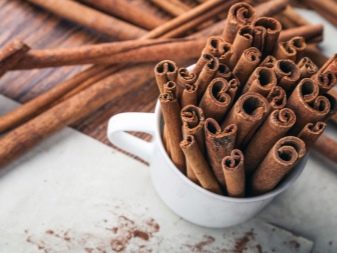
Design Ideas
Today, hand-made products are the most suitable gift option. On the eve of the holidays, many soap makers make soap products in a special form. On February 14, images of flower buds, hearts of various sizes, as well as animal figures with hints of feelings are mainly used.
Huge excitement among the male population begins on the eve of March 8. Unfortunately, representatives of the stronger sex can not always understand what their mothers, sisters, wives and daughters want. And handmade soap will be the perfect gift for a women's holiday.
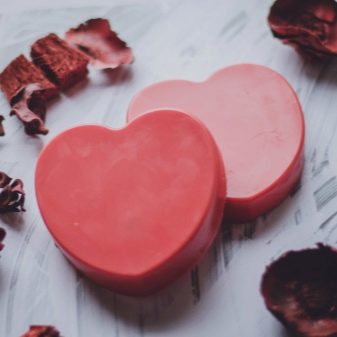
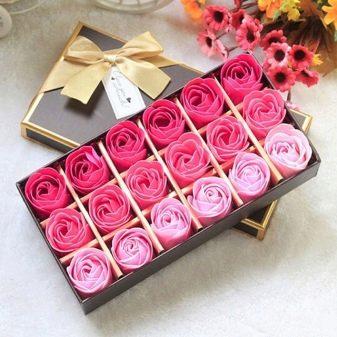
The modern soap making procedure allows you to make bars not only in the form of ordinary flowers. In some cases, you can purchase soap with a special design made to order. For example, for a man on February 23, you can give soap in the form of a tank. A little more complicated is the figured execution of the soap gun.
For young children, it is most preferable to choose gifts in the form of cartoon characters or images of fairy-tale animals. Soap in the form of letters of the alphabet is quite in demand, from which you can add the name of the recipient of the gift.
Particular attention is paid to gift wrapping. Soap-men offer special presentation decoration options.
Beautiful performance of the gift will complement a simple bar of hygiene products with special charm.
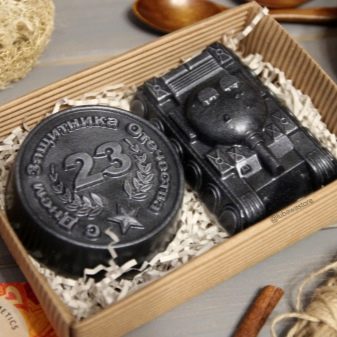
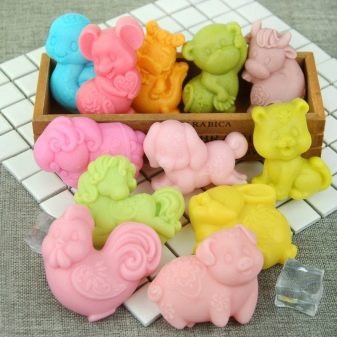
See how to make orange soap with your own hands in the next video.
